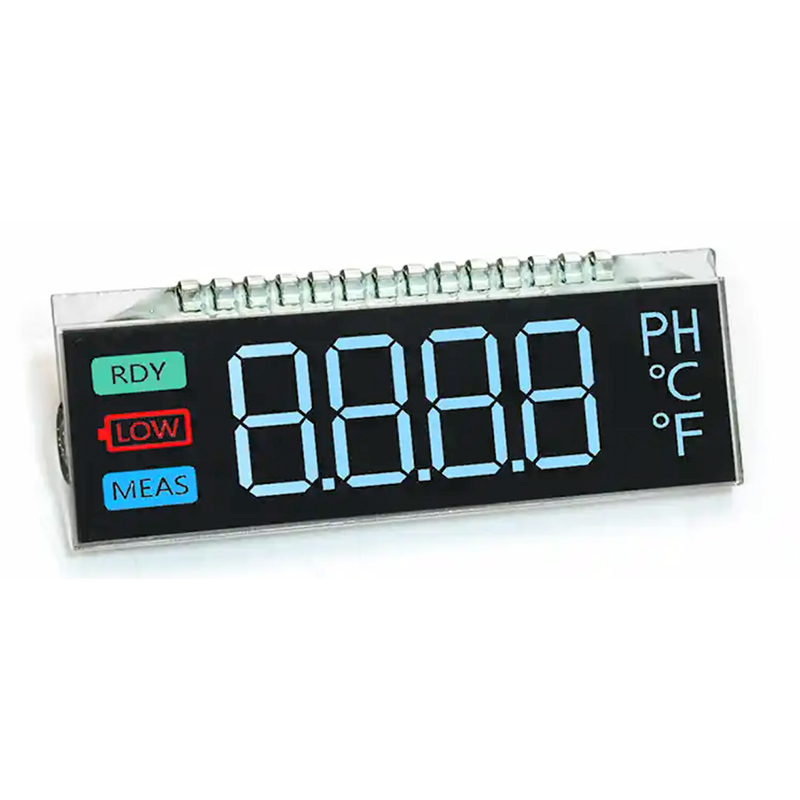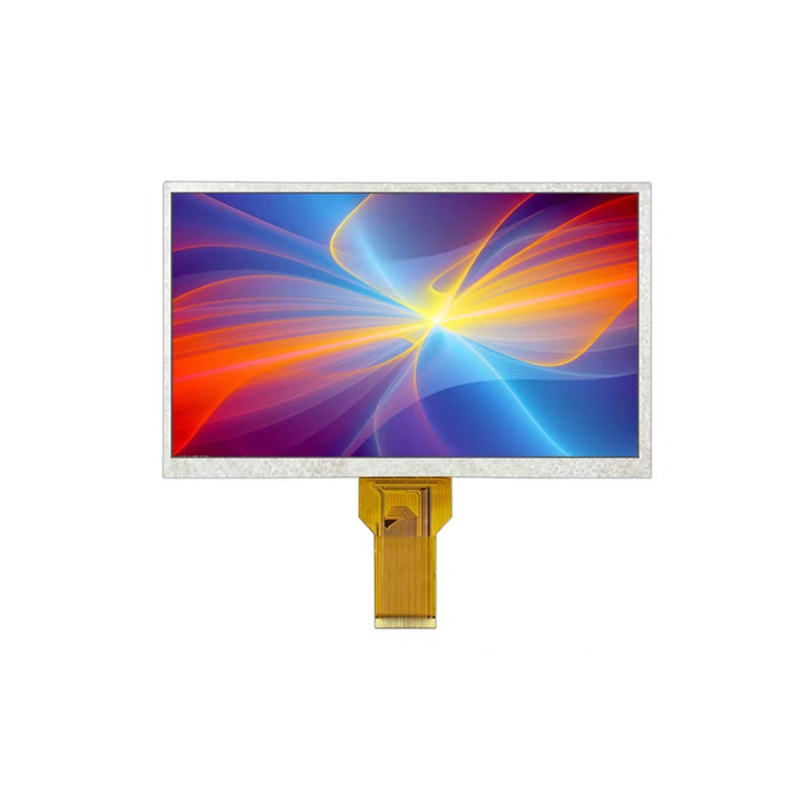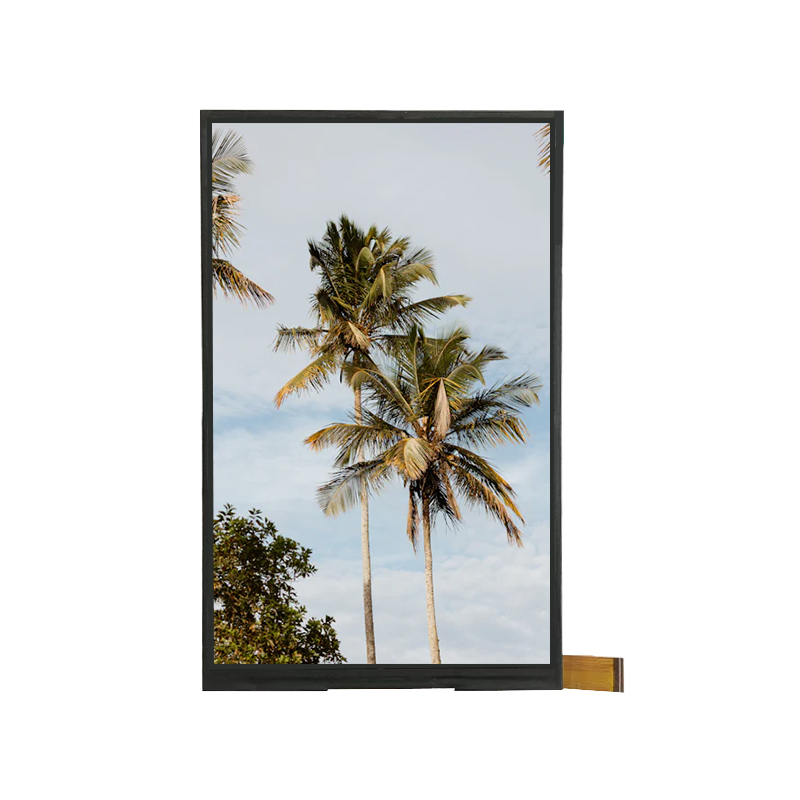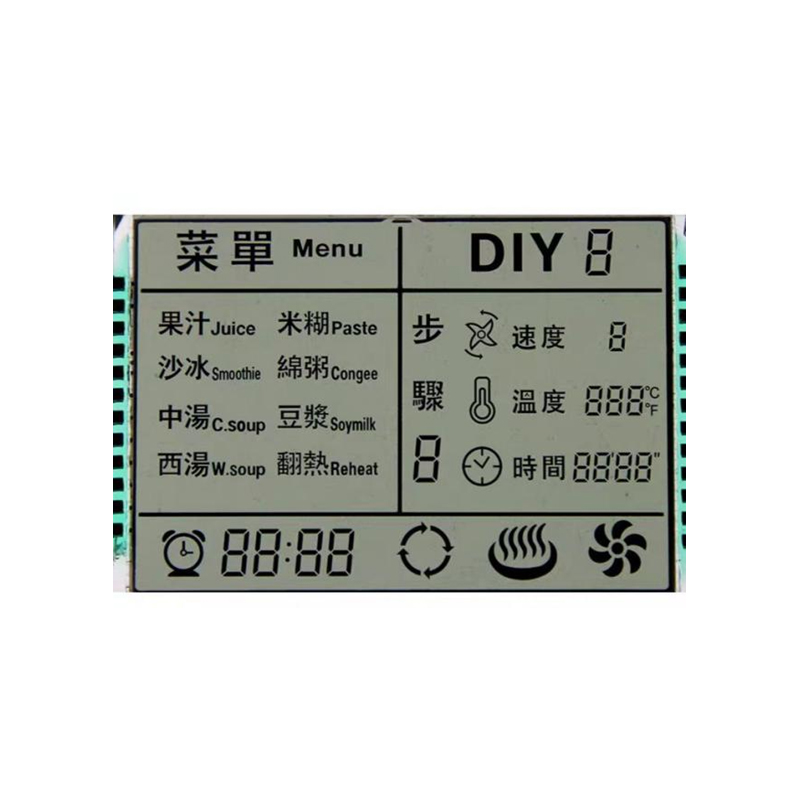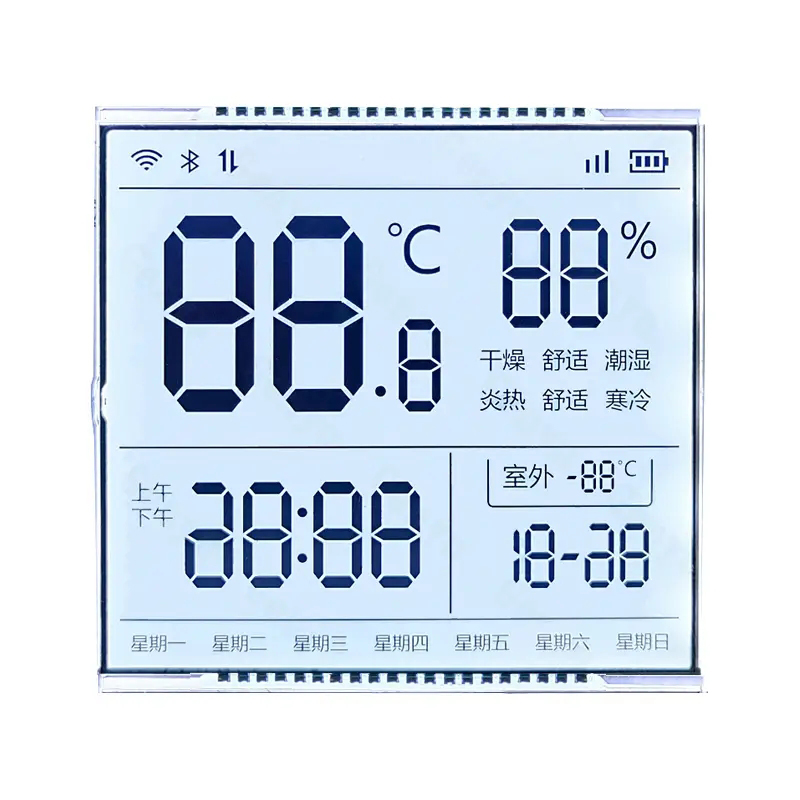
This comprehensive guide explores the USB I2C interface, detailing its functionality, applications, and practical considerations for developers. We'll delve into the technical aspects, providing real-world examples and troubleshooting tips to help you effectively integrate this versatile technology into your projects. Learn how to choose the right hardware and software components, and navigate potential challenges.
A USB I2C interface acts as a bridge, allowing communication between devices using the ubiquitous Universal Serial Bus (USB) protocol and those employing the Inter-Integrated Circuit (I2C) communication protocol. I2C is commonly used in embedded systems and sensors, while USB offers a convenient and standardized connection for computers and other peripherals. This bridge is essential for integrating I2C devices, such as sensors, memory chips, and other peripherals, into systems with a USB host interface. The USB I2C interface simplifies this connection, eliminating the need for direct I2C-to-USB soldering and configuration.
Several integrated circuit (IC) chips facilitate the USB I2C interface. The selection depends on factors such as data rate requirements, power consumption, and the number of supported I2C devices. Key features to consider include the supported I2C bus speeds, the maximum number of I2C devices it can handle, and its USB interface type (e.g., USB 2.0, USB 3.0).
While specific model recommendations are beyond the scope of this general overview, researching popular manufacturers' offerings (such as Texas Instruments, Microchip, and NXP) will provide many suitable choices. Always refer to the manufacturer's datasheet for detailed specifications and application notes.
Effectively utilizing a USB I2C interface requires appropriate software and drivers. These vary depending on the chosen IC and the operating system. Many manufacturers provide SDKs (Software Development Kits) with example code and libraries to simplify integration. For example, many chips utilize standard I2C libraries that can be accessed through various programming languages like C++, Python, and others. Understanding the specific APIs provided by the chosen chip's SDK is crucial for successful implementation.
The USB I2C interface finds application in diverse fields:
Potential problems include incorrect wiring, driver issues, and power supply limitations. Careful verification of all connections is essential. Consulting the relevant datasheets and ensuring compatibility between hardware and software components can prevent many headaches.
The USB I2C interface provides a powerful and versatile method for integrating I2C devices into systems with USB connectivity. By understanding the underlying principles, selecting appropriate hardware and software, and proactively addressing potential challenges, developers can harness the full potential of this technology in a wide range of applications. For high-quality LCD screens to integrate into your projects, consider exploring the offerings of Dalian Eastern Display Co., Ltd. They offer a range of solutions that might complement your USB I2C interface projects.



